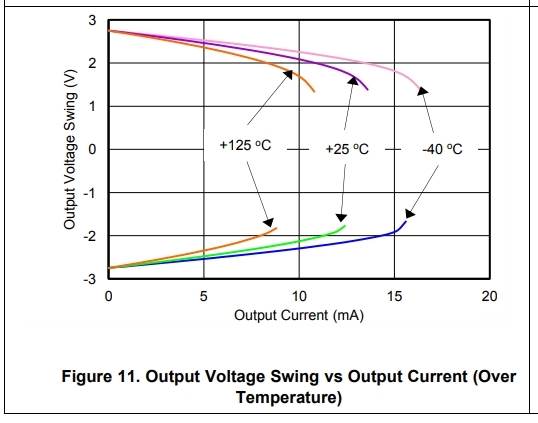Other Parts Discussed in Thread: TLV6001, TLV9001, TLV9002
Hi
I have some question about the output current.
#1: The short circuit current is defined on the datasheet as below.
How much is the Min and Max value? (It might be no data. If it so, how much is the variation we can refer? )
#2: If the output current is exceed that current, what is it happen? (Actually it is not short circuit current. The current what we are concerned is the output current.)
In my understanding, the more current will be caused thermal issue. It will be exceed the Abs max rating of Ta if it is continued. Then it is damaged.
Is my understanding correct?
#3: Does this device have any current protection?
#4: If it is no current protection and it is damaged, what kind of failure mode is considered?
Best Regards,
Koji Hamamoto





